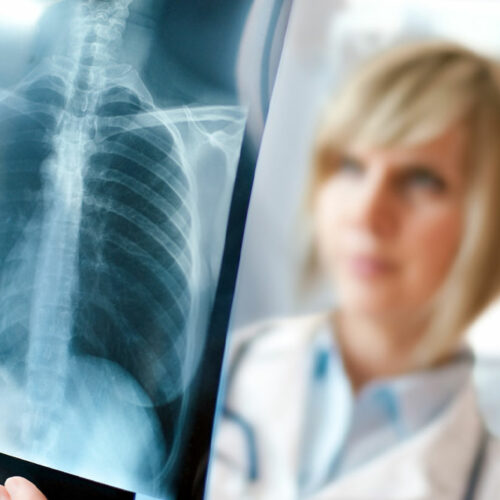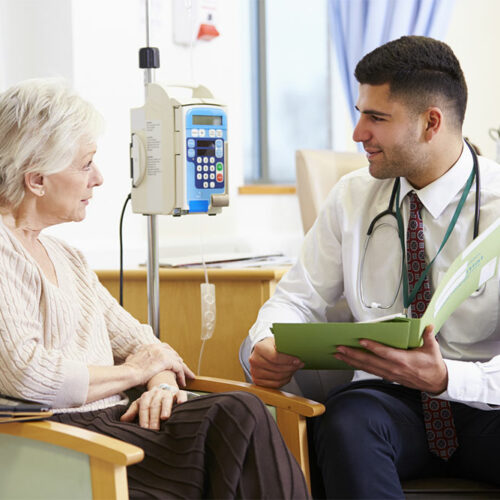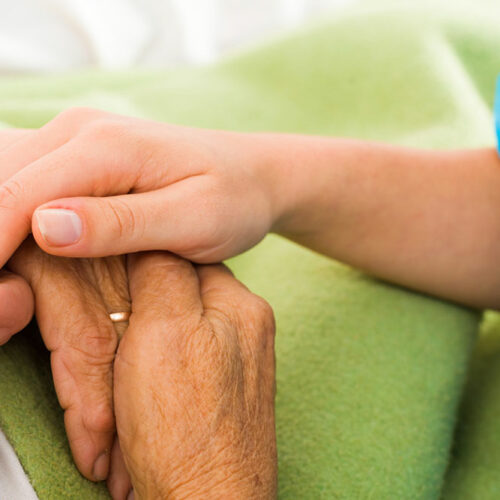5 alarming signs of lung cancer to note

Cancer is the uncontrolled and rapid mutation of healthy cells in the body. Lung cancer is triggered when the mutation begins in the respiratory organ and progresses quickly, destroying healthy lung tissue. There is no cure for lung cancer. But it is possible to improve the outlook with prompt diagnosis and early treatment. For this, one must be able to identify the following common and alarming signs of lung cancer. A persistent cough A cough that develops and does not subside is one of the primary alarming signs of progressive respiratory failure. Any new cough lasting for eight weeks or more is a worrying sign that should be immediately assessed. In some cases, one might also cough up some blood-tinged mucus or rusty-colored phlegm, indicating cancer has begun to destroy healthy tissue resulting in lung cell damage. Chest pain A feeling of tightness in the chest that gets worse with each passing day is also indicative of progressive lung cancer. The cancer cells rapidly spread and infect healthy lung tissue responsible for absorbing and storing the inhaled oxygen. As a result, one will experience pain while breathing deeply or even coughing as the lung tissues expand and contract. As the cancer spreads, this feeling of tightness only worsens, so immediate specialist consultation is advisable.






